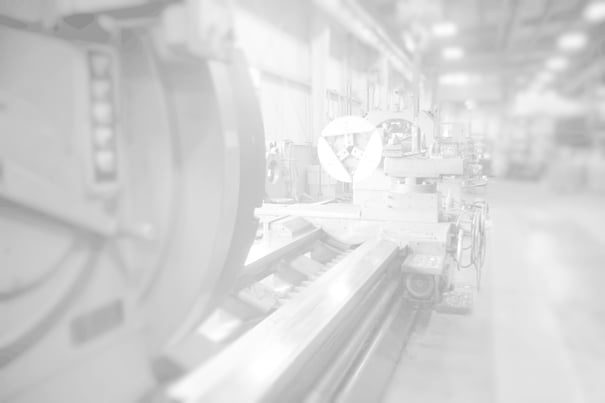
Much the same way that you want the columns on your front porch to have the strength to support the roof --avoiding any and all Tim the Tool Man Taylor incidents -- column strength is a critical piece when addressing cylinder design as well. So many of us don’t understand what it is and how important it is; let's investigate some of the factors associated with it to help gain a better understanding.
Things to Consider When Calculating Column Buckling
Buckling is a failure of a structural member due to a high compressive load. In other words: too much load on the end of you cylinder rod when it is extending. Remember this only happens under a compressive load (more on this later).
There are different classes of mountings for cylinders. For fixed mounted cylinder (for example):
- front head flange mount
- front flange mount
- rear head mount, (or any cylinder that has a fixed mount on the front or rear of the cylinder)
Each mounting style has different classes of rod supports styles. For the fixed mounted cylinders there is:
- class 1, which is fixed supported guided
- class 2, which is pivoted supported guided
- class 3 pivoted or fixed supported unguided and
- class 6 free unsupported unguided
Next are the head or intermediate pivotal mounts, which has:
- class 3 pivoted or fixed supported unguided, and
- class 4, pivoted supported guided or unguided
And lastly the rear pivotal mounting, it has:
- class 5, pivoted supported guided or unguided.
So what does all this technical jargon mean?
You just need to order a cylinder, right? So why all this class this, unguided that…blah, blah, blah.
Your column strength limitations are based on operating pressure, rod size and the length of stroke. After a certain point the longer your stroke the less operating pressure you can use based on your rod size. Spaghetti noodles can teach us alot about cylinder design, so for example, imagine if you take a long piece of raw spaghetti (not the limp wet stuff in the pot) and stand it on its end and press down on it with your palm you will see the long piece of spaghetti bend and eventually break. Now take one of those shorter pieces you just made and do the same thing and you will notice that you can apply more pressure before it bends and breaks and eventually you will get a piece so short that you can’t bend it or break it in this manner -- this is column strength.
In the nut shell, the longer the rod the less column strength you have therefore the less pressure you can apply before bending or breaking occurs. Whether its a spaghetti noodle or a cylinder. You can have a failure without the rod losing it elasticity by the rod just bending and then returning to its original shape after the load is removed, the elasticity of the rod was not exceeded. You can’t enhance the column strength by using high tension-proof steel or heat treated material, the only way to increase column strength is to make the diameter of the rod larger. If this is not possible then you are limited in your operating pressure base on your cylinder size, rod size, stroke and any rod extension you might have.
Check out the free PDF, 12 Fluid Power Charts and Guides for Everyday Use, to help you figure out what your needs and limitations are. And if the job is complex enough you can always ask an engineer.
Whether your designing a three stage telescopic cylinder capable of lifting a 300,000 pound load for the aerospace industry or a 18" bore, 9" rod and 120" stroke marine cylinder used for opening and closing a split hull hopper barge calculating column strength is imperitive when specifying a cylinder -- no matter the application.

